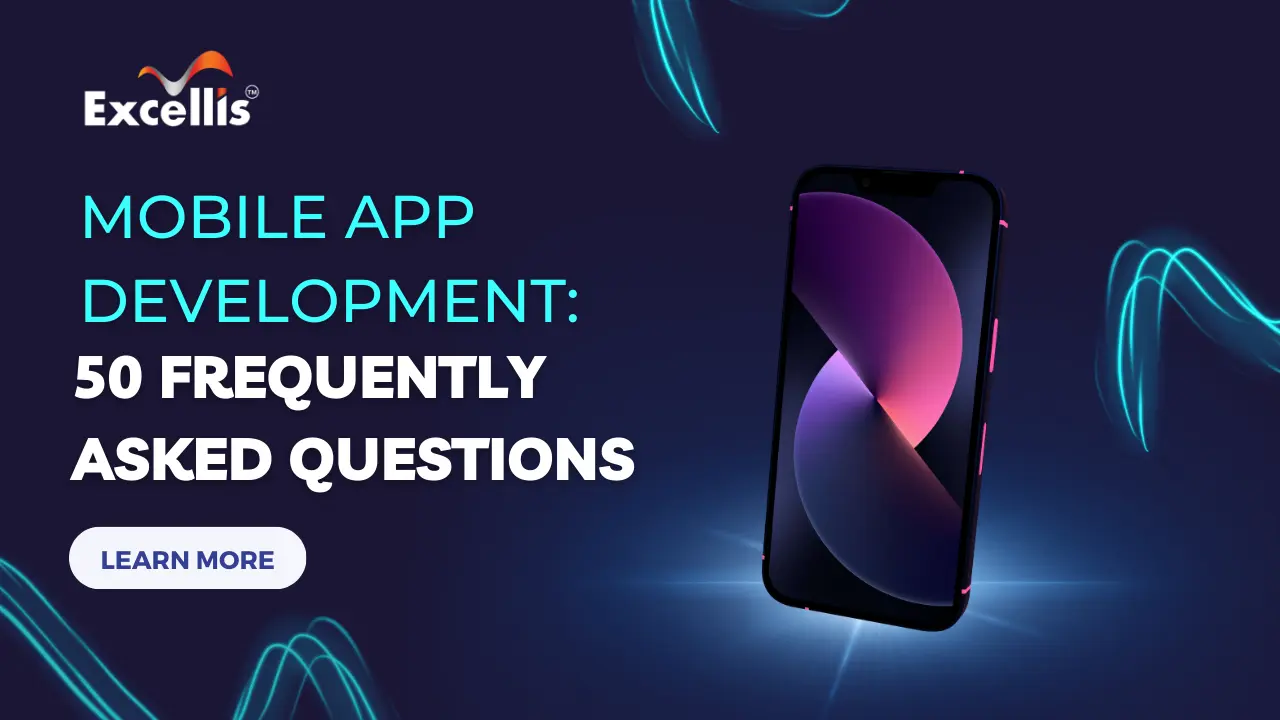
Alright, fellow digital wanderers, let’s talk about the magic of mobile apps!
They’re like little wizards granting our wishes – convenience, fun, and problem-solving all in one!
And guess what?
When developers create these wonders, they have some fancy frameworks to pick from, like React Native!
So, let’s dive into the awesomeness of React Native for mobile app development, shall we?
Table of Contents
3. What Are the Advantages of React Native
- Code Reusability
- Cost Efficiency
- Reduced Time to Market
- Boosts Development Speed
- Third-Party Libraries
- Large Developer Community
- Emphasis on User Interface
- Framework of the Future
- Build Accessible Apps
- Testing
- React for Windows
- Ease of Learning
4. Apps Built with React Native Framework
Key Takeaways
- React Native is a popular framework for mobile app development.
- It offers numerous advantages, such as code reusability, cost efficiency, and reduced time to market.
- React Native has a large developer community and provides access to third-party libraries.
- It focuses on user interface and offers a framework for future development.
- React Native allows the development of accessible apps and simplifies testing.
- It is also compatible with React for Windows and is easy to learn.
What is React Native?
React Native is an open-source framework developed and unveiled by Facebook in 2015. It allows developers to build mobile applications using JavaScript and React, a popular JavaScript library for building user interfaces. React Native enables the development of cross-platform apps, meaning a single codebase can be used to create applications for both iOS and Android platforms.
How Does React Native Work?
Now that you have already read through this far and discovered what React Native exactly is, you must be wondering how React Native Works.
React Native works by using native components instead of web components. It uses native UI elements such as buttons, text inputs, and scroll views, which are compiled into native code. This approach ensures that the apps built with React Native have native-like performance and user experience.
What Are the Advantages of React Native
There are not one or two but several reasons why React Native has gained its contemporaneous popularity and been chosen over other frameworks. It is no sorcery, but the immaculate advantages of the framework are discussed below:

Code Reusability
One of the significant advantages of React Native is code reusability. Developers can write a single codebase in JavaScript and reuse it across multiple platforms. It saves time and effort as there’s no need to write separate code for iOS and Android. With React Native, developers can achieve maximum code sharing without compromising the app’s performance.
Cost Efficiency
By leveraging code reusability, React Native significantly reduces development costs. Businesses can save money by hiring a single development team that can work on both iOS and Android platforms. Moreover, both platforms can roll out updates and bug fixes simultaneously, reducing costs.
Reduced Time to Market
React Native offers a faster market time than traditional native app development. With a single codebase, developers can develop apps for multiple platforms simultaneously. It saves time, as building separate apps from scratch is unnecessary. Businesses can quickly launch their apps and gain a competitive edge in the market.
Boosts Development Speed
The hot-reloading feature of React Native allows developers to see the changes in real-time as they modify the code. It significantly speeds up the development process as developers can quickly iterate and test their changes without restarting the app. It enhances productivity and makes the development workflow more efficient.
Third-Party Libraries
React Native has a vast ecosystem of third-party libraries and components. Developers can leverage these libraries to add advanced functionalities to their apps. Whether it’s integrating push notifications, in-app purchases, or social media sharing, there’s likely a library available that simplifies the implementation. It saves development time and effort.
Large Developer Community
React Native has a thriving developer community. Developers can find extensive documentation, tutorials, and support from the community. They can seek help, share knowledge, and collaborate with other developers. The community-driven nature of React Native ensures that developers have access to the latest updates, bug fixes, and best practices.
Emphasis on User Interface
React Native places a strong emphasis on the user interface (UI). It provides a set of pre-built UI components optimized for mobile platforms. These components offer a native look and feel, enhancing the user experience. Developers can easily customize these components to match their app’s branding and design.
Framework of the Future
React Native has gained significant traction in the mobile app development community. Its popularity continues to grow, making it a framework of the future. As more businesses adopt React Native, developers with expertise in this framework will have abundant opportunities. Investing time in learning React Native can be a valuable career move.
Build Accessible Apps
Accessibility is a crucial aspect of app development. React Native provides built-in accessibility features that make it easier to build apps that people with disabilities can use. Developers can add features like voiceover support, large font sizes, and high-contrast themes to ensure their apps are inclusive and accessible to many users.
Testing
React Native simplifies the testing process. It provides tools and libraries that help developers write tests for their apps. Automated testing ensures the app functions as intended across different devices and screen sizes. React Native’s testing capabilities contribute to the overall quality and reliability of the developed apps.
React for Windows
React Native can be extended to develop Windows applications. By utilizing React for Windows, developers can leverage their existing React Native knowledge and codebase to build apps for Windows 10. It allows businesses to target a broader user base and expand their reach beyond mobile platforms.
Ease of Learning
Learning React Native is relatively easy, especially for developers familiar with JavaScript and React. The concepts and principles of React Native are similar to React, making the learning curve smoother. The comprehensive documentation and supportive community further simplify the learning process.
Leverage all the benefits with professional React Native development services.
Apps Built with React Native Framework
Below are some modern mobile apps built with React Native.
- Skype
- Facebook Ads
- SoundCloud
- Uber Eats
- Discord
- Wix
- Grasshopper
- Airbnb
- Tesla
- Walmart
The Prosperity of React Native
Currently, Fabric, a dynamic, large-scale project, is being worked on by React Native. With Fabric’s support for the React Native framework and a hybrid JavaScript-based architecture, the goal is to make React Native seem less likely.
The three most crucial changes that can help React Native expand in the future are available to developers through the Fabric feature. The following changes are listed:
Ability to render in real-time
Async rendering capabilities in React Native will facilitate handling asynchronous data and provide various rendering priorities.
New Threading Model
Instead of requiring every UI change to work on three threads, the New Threading Model Fabric will allow its developers to call synchronously into JavaScript on any thread. It can withstand the strain on the primary thread without degrading.
Streamlined Bridge
Developers that are thinking about building a streamlined bridge to establish direct communication between JavaScript and native. It will also make it even easier to use different debugging tools.
Additionally, thanks to its unique advantages, the React Native framework consistently outperforms its rivals and has a bright future.
The Future of React Native
As we look ahead, the future of React Native appears promising and exciting. React Native has already established itself as a popular framework for mobile app development, but its potential extends far beyond its current capabilities. With continuous improvements and advancements, React Native is expected to play a significant role in shaping the mobile app development landscape in the coming years.
One of the key areas of focus for the future of React Native is performance optimization. While React Native apps already offer native-like performance, efforts are being made to further enhance speed and responsiveness. The React Native team is actively working on reducing the bridge overhead, which will lead to smoother interactions and improved rendering speeds.
Additionally, the React Native community is working on incorporating more native modules and APIs to provide seamless access to device-specific functionalities. This will empower developers to create even more feature-rich and versatile applications.
The cross-platform capabilities of React Native will continue to be a major advantage in the future. As businesses strive to reach a wider audience across various platforms, React Native’s ability to share code between iOS, Android, and potentially other platforms will remain highly valuable.
Furthermore, the React Native ecosystem is poised to expand with the development of new tools, libraries, and extensions. This will facilitate easier integration of third-party services, analytics, and cloud-based solutions, streamlining the app development process and enabling developers to focus more on innovation and user experience.
The future of React Native also involves strengthening its compatibility with emerging technologies. As new devices and platforms enter the market, React Native is likely to adapt and support them, ensuring developers can stay at the forefront of innovation without having to learn entirely new frameworks.
Overall, the future of React Native is bright and dynamic. With its ever-growing community, active development, and continuous improvements, React Native is set to be a driving force in the world of mobile app development for years to come.
Finishing it up
Mobile app development with React Native offers numerous advantages. It provides code reusability, cost efficiency, and reduced time to market. React Native’s focus on UI, access to third-party libraries, and a large developer community contribute to its popularity. With React Native, developers can build accessible apps, simplify testing, and expand their reach to Windows platforms. Furthermore, React Native is easy to learn, making it an excellent choice for developers looking to build mobile apps efficiently. To know more about our services visit – www.excellis.co.in
More reasons to trust us!
Excellis IT is building a skilled team in IT support, customer support, digital marketing, and back-office services for modern companies.

Excellis it is an esteemed ISO/IEC 27001:2022 certified company

We achieved the prestigious certification by MSME in 2019

We are certified by the Central Vigilance Commission

We are an honoured members of NASSCOM since 2022






